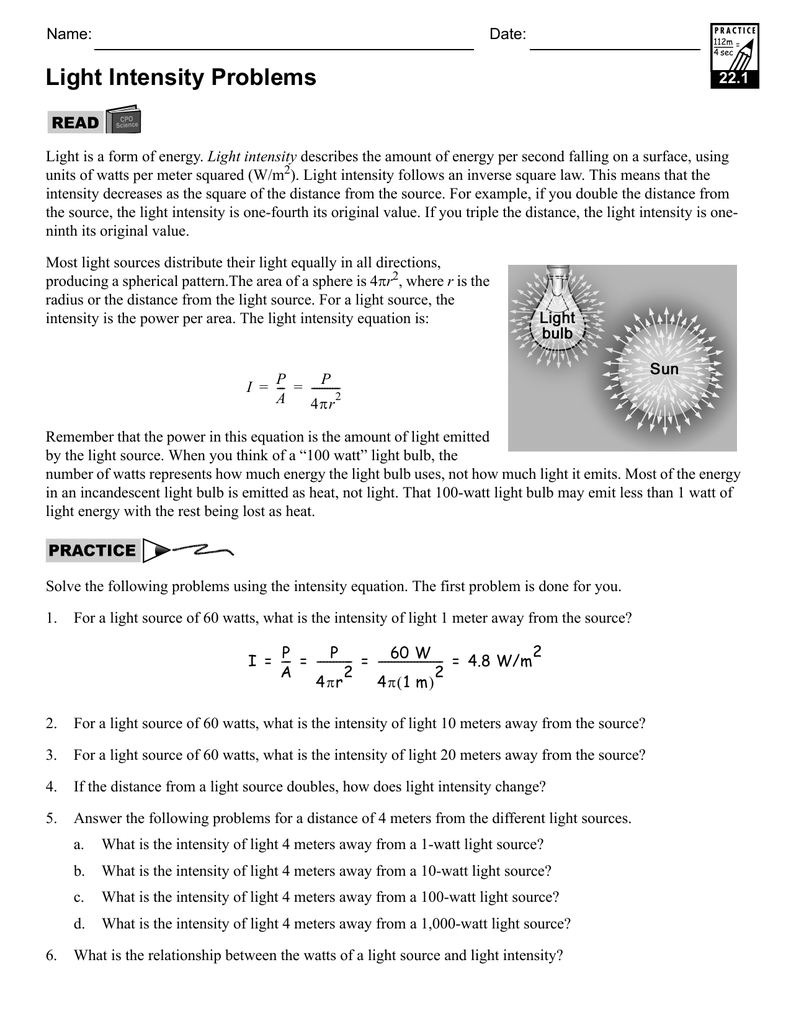


perpendicular)Īgain, the intensity will depend on the angle it makes with the sun and so it depends on your location on earth (i.e. The other option shows the intensity on a surface that is oriented to face the sun (i.e. sound or light) which obey the wave-equation obey a very similar formula. For each distance of the plant from the lamp, light intensity will be proportional to the inverse of d 2, d 2 meaning distance squared. The default shows the intensity of sunlight on a horizontal surface. Now, the intensity I (brightness in the case of light) of the pattern at.

You can also toggle between the orientation of the surface that you measure the sunlight on.The default is to show the sunlight intensity for the current date and time but you can change it by moving the sliders for hour or day.If you click on the map you should see a popup of the intensity of sunlight at that location.Īs the earth rotates over the course of a day, the angle of the sun changes and eventually the angle is so low, the sun is blocked by the horizon (this is sunset). Transcribed image text: The light intensity (in lumens) at a depth of x feet in Lake Elizabeth is given by the formula log a. This is why the area around the equator and up through the tropics is so sunny, the sun is overhead here the most. Since light is not always evenly dispersed, the viewing angle of a light source is very important. As would be expected, the highest amount of solar intensity occurs on the globe right where the sun is overhead and as the angle of the sun lowers, the solar intensity declines. A millicandela, or mcd, is 1000 times less bright than a candela, hence the prefix 'milli-'.


 0 kommentar(er)
0 kommentar(er)
